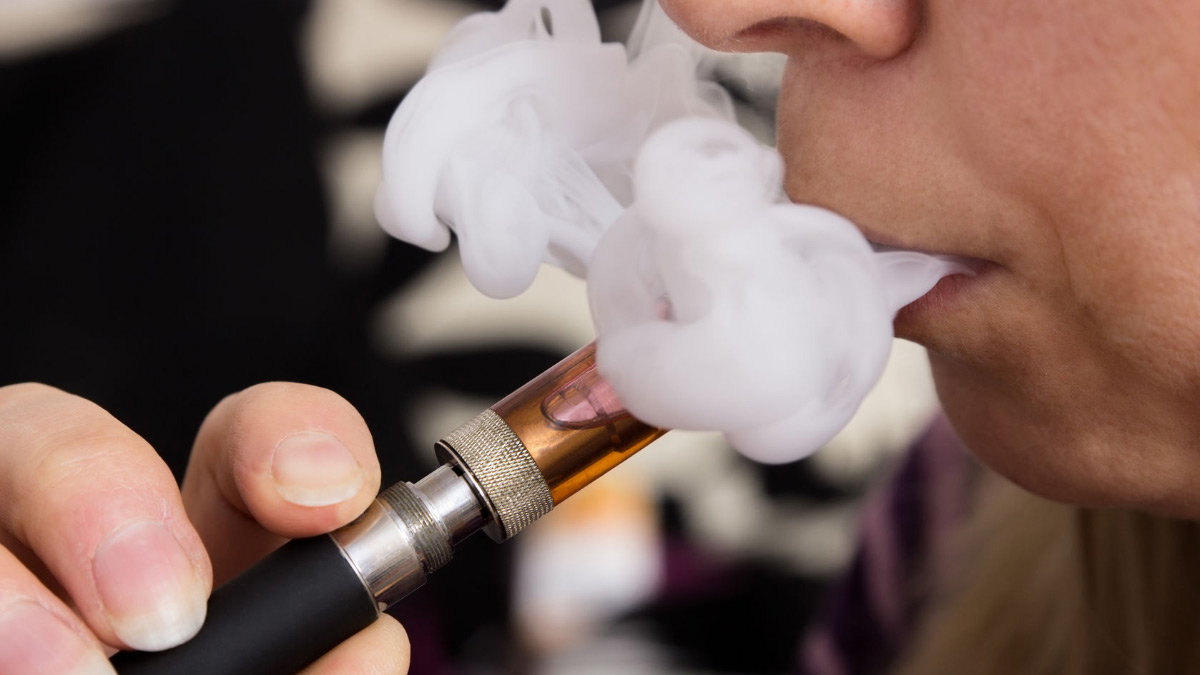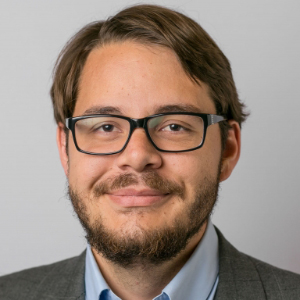Luka Kinard began vaping when he started high school in 2017. He quickly developed an addiction and found himself struggling in school, uninterested in activities he once enjoyed and selling his belongings to satisfy his cravings. Thankfully, he was able to kick his habit after spending 40 days in rehabilitation.
Other teens could find themselves in similar situations with the arrival of a vaping “epidemic.” The popularity e-cigarettes among younger generations is steadily growing. The Food and Drug Administration (FDA) estimates that teen vaping rates increased 78 percent between 2017 and 2018.
To rein in underage e-cigarette use, the FDA began a “historic crackdown” on the vaping industry. At first the agency demanded that several e-cigarette companies provide comprehensive plans to prevent teen vaping, fined over 1,300 retailers for allegedly selling to minors, and raided e-cigarette company Juul’s headquarters to confiscate internal documents.
Continuing its crusade, the FDA then proposed banning flavored e-juices, banning convenience stores from selling e-cigarettes, and imposing age-verification mechanisms for online sales. However, FDA Commissioner Scott Gottlieb, who spearheaded many of these efforts, resigned before the proposals could be implemented.
But two Californian cities have doubled-down where federal regulators have stalled.
San Francisco recently became the first U.S. city to ban e-cigarette sales, flavored tobacco products, and online shipments to customers there. The nearby city of Livermore was soon to “follow its lead,” also banning brick-and-mortar stores from selling e-cigarettes, cigarillos, and flavored cigars. Other cities are close behind.
Those favoring banning e-cigarette sales hope their efforts will prevent teens from vaping. As San Francisco Mayor London Breed expressed it, “We need to take action to protect the health of San Francisco’s youth and prevent the next generation of San Franciscans from becoming addicted to these products.”
Mayor Breed’s and other’s concerns are well-intended. The earlier in life an addiction develops, the longer it tends to stick, making youth particularly vulnerable.
Unfortunately, history suggests their efforts are extremely unlikely to succeed.
In 2008 Los Angeles banned new fast-food restaurants from opening in areas plagued by high obesity rates. However, a study published in "Social Science and Medicine" five years later found that both fast-food consumption and obesity rates had increased. Larger anti-obesity campaigns launched by government agencies have been similarly unsuccessful in reducing obesity rates across the country.
Efforts to curb teen vaping have also fared poorly. Those calling for more regulation of the vaping industry seem to forget that the FDA first passed regulations banning e-cigarette sales to minors in 2016. However, teen vaping rates have substantially increased since 2016.
Since previous efforts to promote health or deter vice have persistently failed, why should we expect anything different this time? If anything, we should expect vapers to switch to alternative nicotine products.
And the alternatives might be more harmful. Regulations limiting physicians’ ability to prescribe opioids frequently motivate patients to seek out heroin to cope with their addiction. Taxing soda entices more consumption of alcoholic beverages or sugary fruit drinks.
As Ted Egan, San Francisco’s chief economist, notes, those hoping to satisfy their nicotine cravings without vaping are most likely to switch to cigarettes. Unfortunately, cigarettes are more deadly and addictive for teens and adults.
Ironically, a popular method to quit smoking cigarettes is to use e-cigarettes.
The Canadian health care system openly endorses vaping to help smokers quit. Hospitals in the United Kingdom have vape shops to motivate smokers to switch. Many in the United States have also vaped away their smoking addictions.
Vaping is harmful. But since vaping restriction might lead millions to switch to the number one cause of preventable death in the country, we must exercise caution so as not to make an epidemic exponentially worse.
San Francisco and Livermore may be the first cities to ban e-cigarette sales, but they would not be the first to cause considerable harm by enacting overzealous policies. Both should seriously reconsider before their plans to curb teen vaping go wildly up in smoke.








